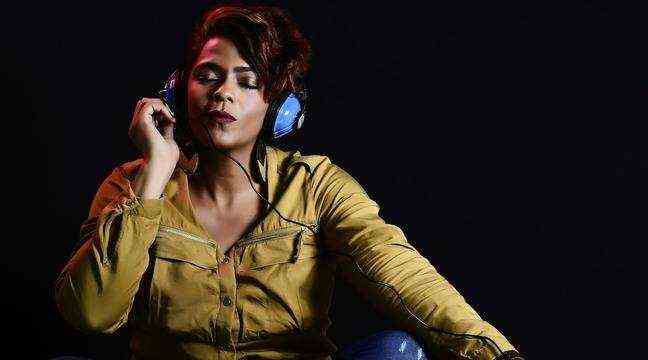Do not be fooled by appearances. The ear is not the only vector of sound. It is also possible to listen to music (or any other sound) very distinctly thanks to the bones of the elbows. Yes Yes. This device even has a name: osteophony. The term refers to the phenomenon of sound propagation to the inner ear via the bones of the skull.
To demonstrate this, until November 19, the Carnavalet Museum in Paris has installed a bone conduction sound terminal, the Losonnante. This circulates the sound along the elbows, arms, hands, up to the ears.
A small wooden table flanked by a circular surface to rest your elbows on stands in the middle of the museum’s gilded living room. You only need to cover your ears with your hands to hear two 17th century Parisian composers, Marc-Antoine Charpentier, author of court arias, cantatas and instrumental pieces, and his rival of Italian origin, Jean-Baptiste Lully , inventor of the French comedy-ballet and opera, who composed for Louis XIV and Molière.
“Sounds travel very well in all types of solids”
As surprising as it seems to be, osteophony is nothing very new, but the Losonnante creates an unusual sound bubble in the middle of the original woodwork of the hotel Le Peletier in Saint-Fargeau. “The Daltons used the same process to listen to the train arriving in Lucky Luke. Sounds travel very well in all types of solids“, explains Fabien Rolland, the founder of the start-up
Losonnante.
The terminal uses the elbows to favor a natural posture. “The sound passes from the elbow to the forearm and comes out through the lower part of the hand,” continues the entrepreneur. The greater the pressure on the ears, the more distinct the sound. Not only do we cut ourselves off from external sounds – which makes it possible not to be bothered by other visitors – but the more contact there is between the bones, the more the sounds travel.
“The critical point is to properly contact the lower part of the hand with a bone close to the ear. With the middle of the hand, there is loss because there are a lot of fibers, tissues and ligaments ”, underlines Fabien Rolland. The sound goes less well because we lose the solid side. You don’t have to be a classical music lover to be embarked on this extraordinary sensory experience. A timeless journey in the heart of the Marais district.

